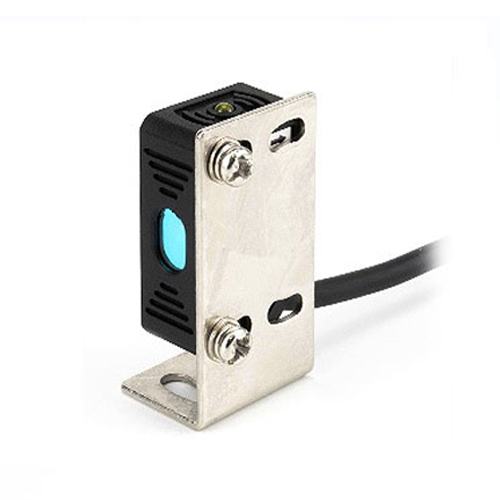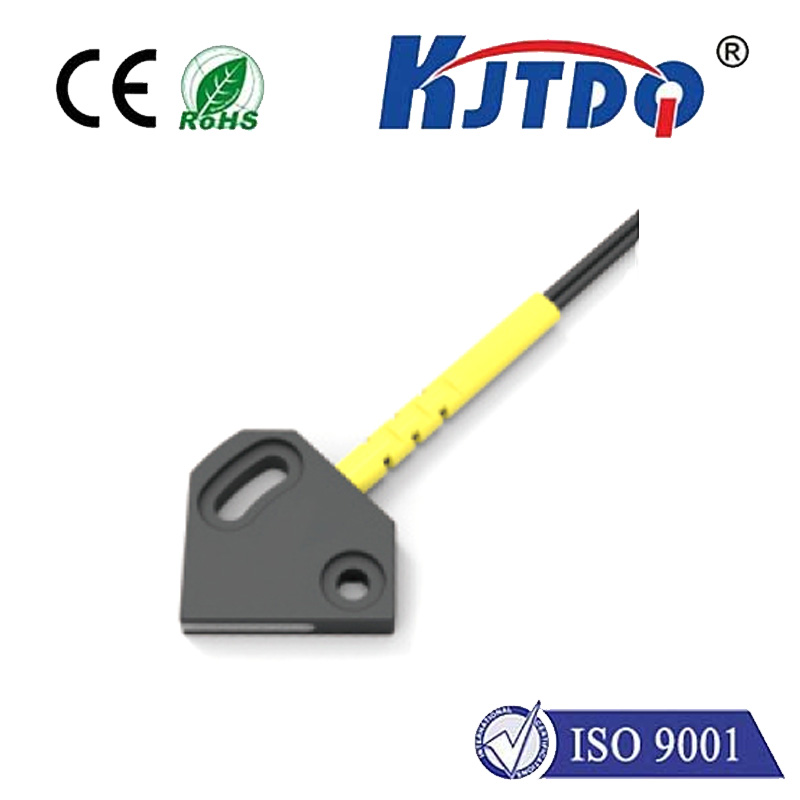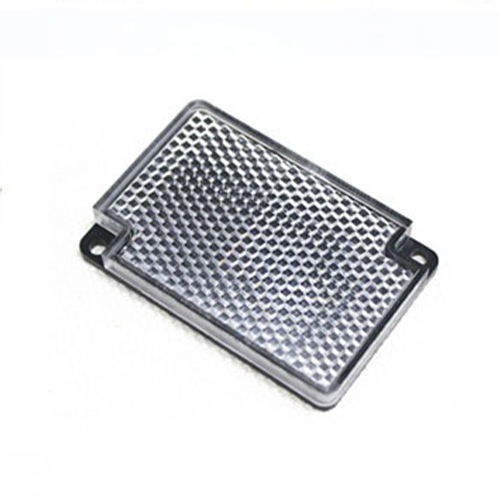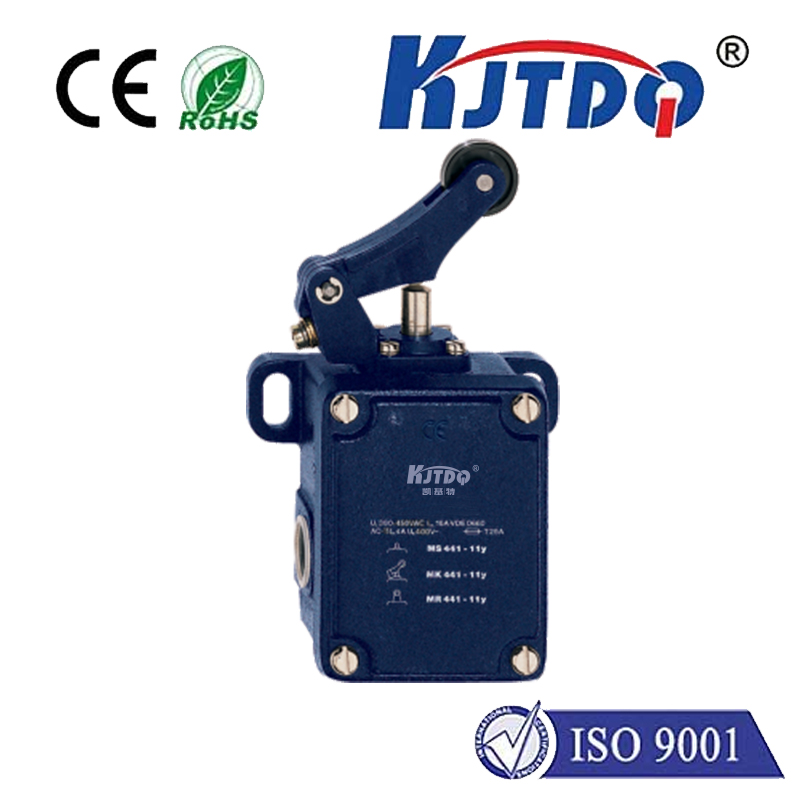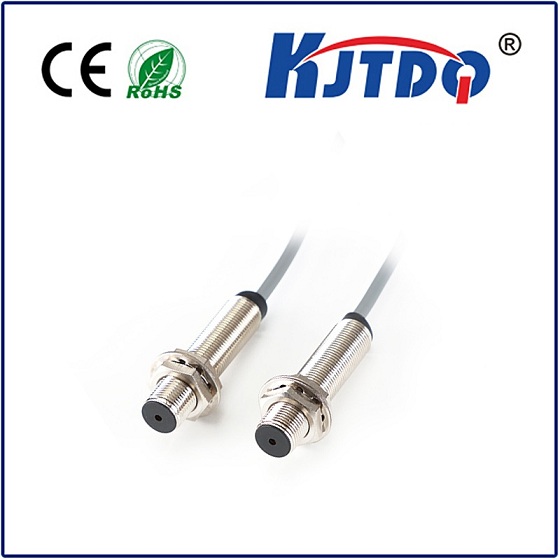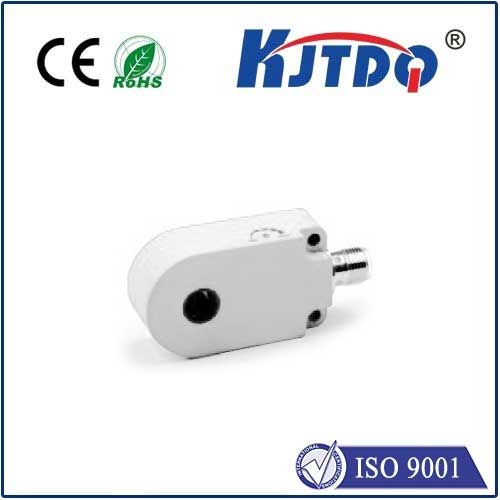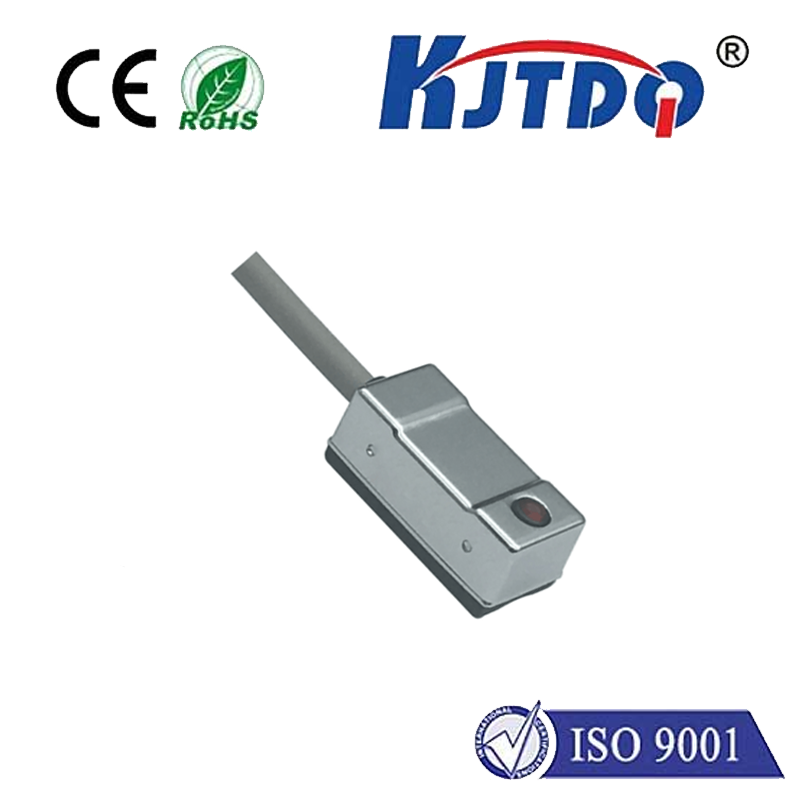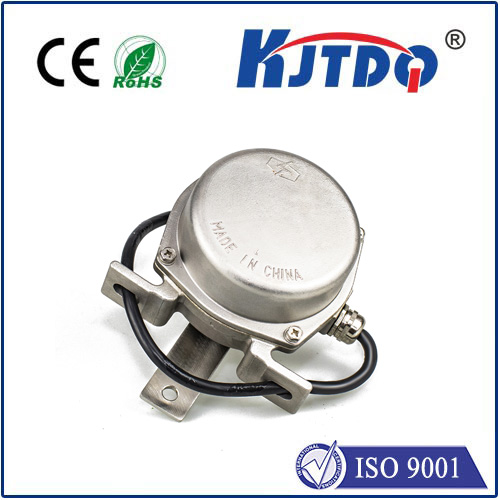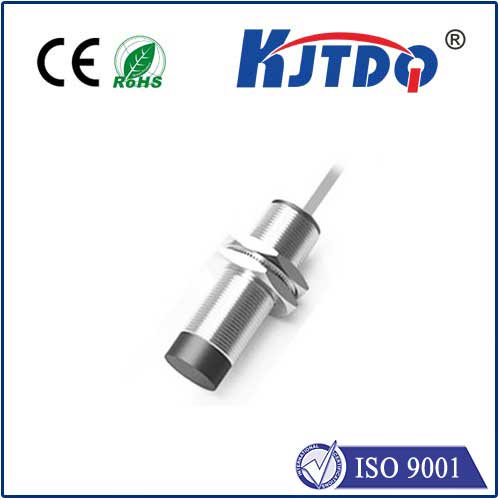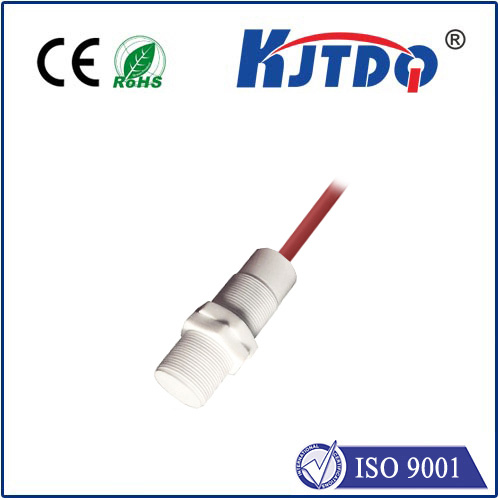

check

check

check

check

check

check

check

check

check

check
Title: Understanding the Role of Limit Switch Actuators in Industrial Automation
In industrial automation, limit switch actuators play a vital role in ensuring safe and efficient operations. These devices are used to detect the position or movement of a limit switch, which is typically installed on machines to prevent them from exceeding certain limits. In this article, we will explore the basics of limit switch actuators, their functions, and how they contribute to industrial automation.
Section 1: Introduction to Limit SwitchActuators
A limit switch is a mechanical device that is designed to trigger an action when its switch arm comes into contact with a predefined point. This point can be either a threshold or a set position, depending on the specific application. The function of a limit switch is to provide an alert or signal to the system, indicating that a machine has exceeded its operating limits.
When a machine reaches its maximum or minimum travel distance, the switch arm contacts the predefined point, sending a signal to the control system. This signal can be interpreted as an indication that the machine has reached its programmed limits, and the control system can take appropriate action to prevent damage or ensure safe operation.
Section 2: Types of Limit Switches
There are several types of limit switches available in the market, each with its unique characteristics and applications. Some of the common types include:
1. Contact limit switches: These are the most basic type of limit switches and consist of a moveable switch arm that contacts a fixed point when it reaches its extreme positions. They are simple to install and operate but may not provide accurate detection of small movements.
2. Reed limit switches: Reed switches use a small magnetic piece that becomes magnetized when the switch arm approaches a certain distance from the fixed point. When the switch arm touches the fixed point, the magnetic piece re-aligns itself, releasing a signal that can be detected by the control system. Reed switches are highly accurate and reliable but require minimal maintenance.
3. Optical limit switches: These limit switches use an optical sensor instead of a mechanical component to detect movement. An LED or photodiode is positioned at one end of the switch arm, and when it comes into contact with the machine's motion, it illuminates an indicator LED or sends a signal to the control system. Optical limit switches are highly accurate and offer good resolution but can be more costly than other types of limit switches.
Section 3: Functions of Limit Switch Actuators
Limit switch actuators are designed to trigger an action when the switch arm reaches its predefined limits. These actions can vary depending on the specific application and requirements, but some common functions include:
1. Stop motion: When the machine reaches its maximum travel distance, the control system can send a signal to stop the motor or engine, preventing damage or ensuring safe operation.
2. Slow down or decelerate: The control system can be programmed to reduce speed automatically when the machine reaches its limits, allowing for safer startup and shutdown procedures.
3. Emergency stop: In case of an emergency situation, such as a power outage or equipment failure, the control system can be configured to immediately trigger an emergency stop, protecting personnel and equipment alike.
Section 4: Applications of Limit Switch Actuators in Industrial Automation
Limit switch actuators are widely used in various industrial applications, including:
1. CNC Machines: These machines require precise positioning and movement control to produce high-quality components and parts. Limit switch actuators are used to detect any abnormal movements during production processes and ensure accuracy and efficiency.
2. Industrial Motors: Limit switch actuators are commonly used in industrial motors to prevent overcurrent and overloading conditions. They also help in controlling motor speed and direction based on pre-set limits.
3. Load cells: These sensors measure weight or force on objects and transmit signals to control systems for load balancing and safety monitoring in material handling systems
